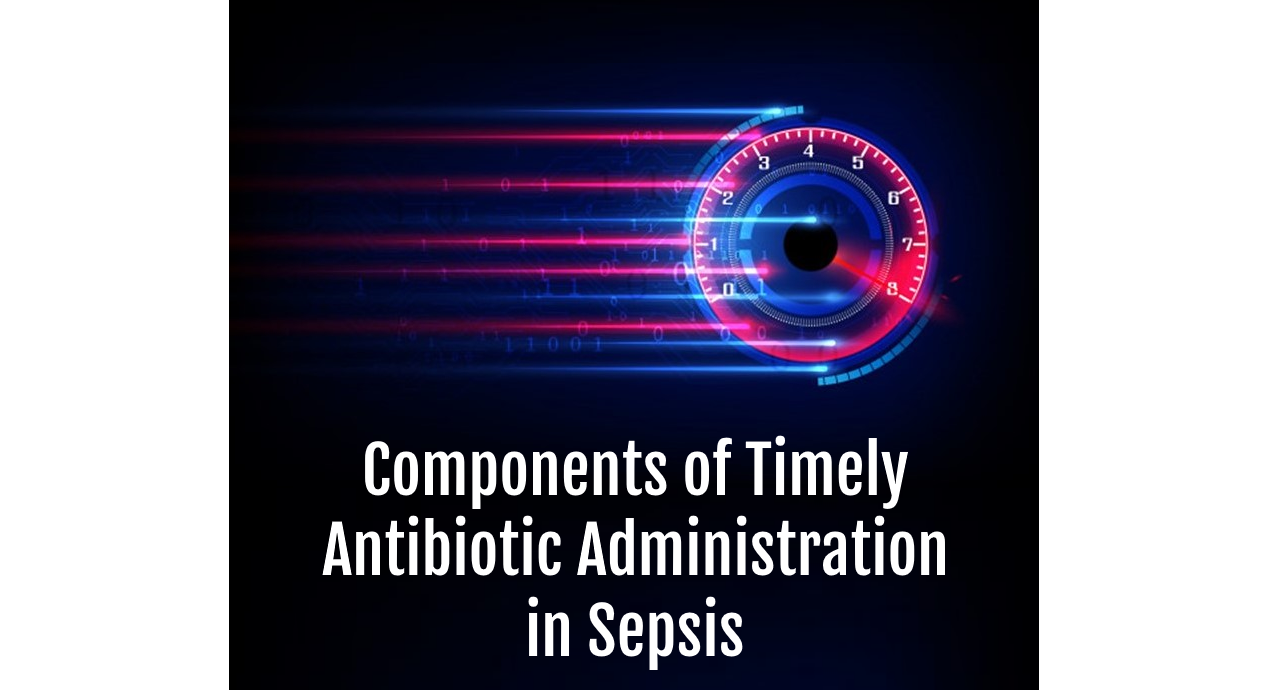How Should We Screen for Sepsis?
How Should We Screen for Sepsis? SUMMARY Sepsis screening remains a major challenge, especially in varied settings. Effective screening impacts treatment, quality of care initiatives and outcomes. Different screening tools may be needed based on the clinical setting. The tool at each site may need to be tuned uniquely for that population










